The Faculty of Architecture’s School: A Brief Autobiography
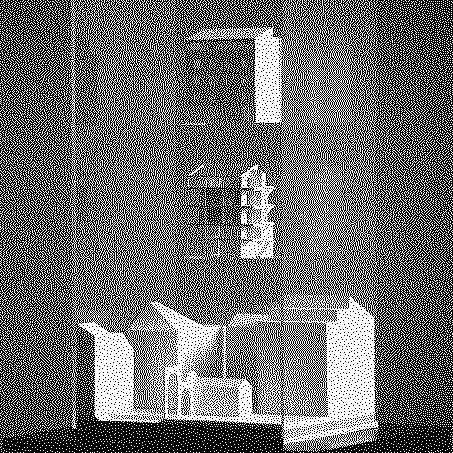
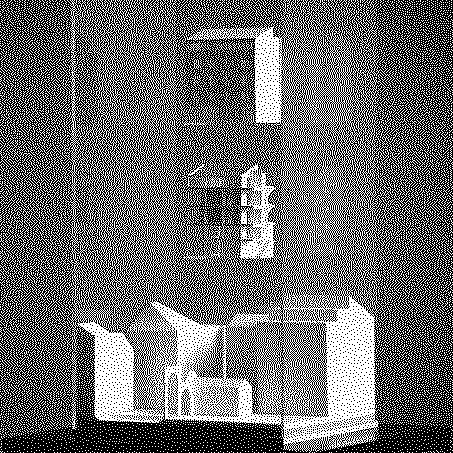
Marking the centennial of establishing the Higher Technical School (1919-2019) and the architecture program which has since taken several administrative forms, the Croatian Museum of Architecture hosts one of the parallel exhibitions reflecting on this significant jubilee. This exhibition is based on acknowledging a certain sensibility, approach or context which we could call the handwriting and the permanent memory of the Zagreb school, under the umbrella of the Faculty of Architecture. The intention and ambition are thus to illustrate a focused developmental line of architectural thought of a school of architecture which included architects, urban planners, theoreticians and historians which have all jointly worked along the described paths.
The exhibition will be structured through several segments. Following the introductory part which briefly elaborates a generational selection of presented teachers, beginning with Viktor Kovačić (1874-1924) and ending with Ivan Crnković (1941-2017), the range actually demonstrates a homogenous but nonetheless evolutive trajectory marking the designerly approach of the selected authors. The works of these authors are thus not viewed as a sequence of particular features of their individual authorial approach, but rather a body of work which, in its shared interference, exposes a consistent handwriting of the Zagreb school.
The first chapter of ARCHIVE is dedicated to displaying authentic artefacts of teachers at the Faculty of Architecture which illustrate a similarity, or spirit connecting their work. The illustrative material including photographs, original publications, drawings and objects, the selection includes works of architects, urban planners, theoreticians and historians that contributed to articulating the profile of the Zagreb school through text, image or drawing.
The second chapter is a HEMEROTECA comprised of drawings, sections and characteristic renderings of selected projects, delving into an interpretation or – more accurately – demonstration of the handwriting of the school. Each chosen illustration is followed by a brief commentary explaining the role of the chosen drawing within the sequence.
The third chapter addresses the EDUCATION of the architect. It is illustrated through a series of analytical models followed by short texts and descriptions of the designer’s method. The last chapter – ‘work in CONTEXT’ is comprised of selected photographic depictions of executed work. The aforementioned chapters are represented firstly archivally (authentic), and then analytically and interpretationally (text) which are then concluded by contextual illustrations manifesting their wider cultural, urban and social influence.
The exhibited works are those of deceased authors, and are therefore maintained within the institution of the Museum. The generational span between Viktor kovačić to Ivan Crnković opens up a historical and architectural timeline ranging from protomodernism, modernism to postmodernism and a sociological time of capitalist and socialist modernizations marked by ruptures of the First and Second World War, as well as the Homeland War. The exhibition is a statement, or an answer, of a discipline brought up at the Faculty of Architecture in Zagreb in the context of a discourse on autonomy of architecture facing a certain period, an answer which even then sought to achieve a result far beyond the circumstances of its given time.
Organized by: Andrej Uchytil, Ariana Štulhofer, Mladen Obad Šćitaroci, Melita Čavlović, Mojca Smode Cvitanović
Curated by: Andrej Uchytil, Melita Čavlović
Location: Croatian Museum of Architecture
The Young Talent Architecture Award

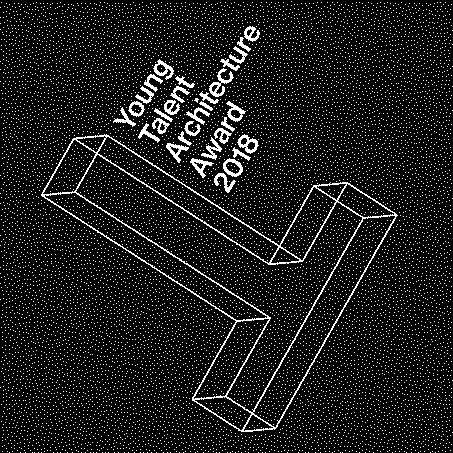
At that time, I myself did the designs (and the letters)
by hand with fountain and nib pens (black and sepia Indian ink).
Note by Álvaro Siza about his graduation project, May 2018.*
The graduation project carried out by Álvaro Siza in 1965 consisted of a set of four single-family houses located in a village on the Portuguese north coast. He used two different colours of ink to draw by hand the design of the urban planning of all four houses, developing one to its precise construction details. Fifty-three years later, representation techniques in architectural design have changed radically. Does this also apply to the essence of today’s graduation projects? Which topics are addressed, and which objectives want to be achieved? What do architecture students design today as their last academic exercise? Is the graduation project a solution to a reality or a commission dealing with an urban conflict?
YTAA 2018 received 334 projects submitted by 451 students from 118 Schools in 99 cities. The jury reviewed all these designs and made a shortlist of 40: 12 became finalists from which 4 became winners of YTAA 2018. This exhibition presents the 334 designs, a collection of photomontages, photographs of models, collages and drawings, illustrating proposals thought for and located in different geographic and social contexts. Radicalism and positioning, rigour and research, complexity and beauty are the common virtues that the members of the jury highlighted in the winning designs. Twenty-three years after presenting his graduation project, Álvaro Siza designed the Borges & Irmao Bank, winner of the first edition of the European Union Prize for Contemporary Architecture —
Mies van der Rohe Award in 1988. In 2016, the Young Talent Architecture Award was created to support the talent of recently graduated Architects, Urban Planners and Landscape Architects, who will be responsible for transforming our environment in the future. YTAA has emerged from an interest the initial stages of these students’ development and a desire to support their talent as they enter into the professional world. YTAA brings together the best graduation projects from European architecture, urban planning and landscape schools. This year, China and South-Korea have also been invited to participate to learn how architecture education is developed in other places.
YTAA is organised by the Fundació Mies van der Rohe with the support of Creative Europe
as an extension of the European Union Prize for Contemporary Architecture — Mies van der Rohe Award. This year the YTAA prize has merged with the European Medal for the best diploma and is organised in partnership with the European Association for Architectural Education (EAAE) and the Architects’ Council of Europe (ACE /CAE). World Architects is a founding partner; the European Cultural Centre is a partner in Venice; and the award is sponsored by Jung and Jansen; with the support of USM.
*Álvaro Siza’s graduation project initiates the “Looking back” chapter of the YTAA collection of publications which presents the graduation projects from architects involved in the European Union Prize for Contemporary Architecture – Mies van der Rohe Award.
YTAA publication available at shopmies.com
Location: Faculty of Architecture, Aula
Exploring the Field of Interaction in Architectural Design Education - Exhibition of Alternative Paths in Diploma Studios

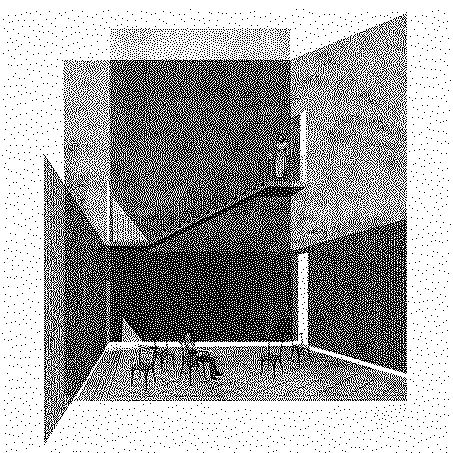
The Erasmus+ Program eFIADE (agreement N°2016-TR01-KA203-034710) of the European Union is a KA203 strategic partnership coordinated by the Department of Architecture at TOBB University of Economics and Technology, with partners Eindhoven University of Technology, Universidade Lusofona, Mimar Sinan Fine Arts University, Institut National des Sciences Appliquées de Strasbourg, Faculty of Architecture at University of Zagreb and the EAAE.
The main objective of project is to explore and innovate the paths of in-between mediation activities occurring in the field of interactions (methods, processes, and execution), focusing on mapping and analysis of existing diploma studio tracks and internship models in European departments of architecture, and exploring alternative paths for diploma studios and curricular internships that respect the synthesis of the major challenges of our era affecting the profession and the emerging ‘hybrid, trans-disciplinary’ professional areas of the 21st century both in local and international context.
Architecture as an education needs to strengthen its knowledge-transfer infrastructure and breed an interactive flexible learning environment to absorb ever-changing needs and objectives of the professional/research sides of the field of architecture, and find ways to steer the poles of the knowledge triangle (research/education/profession) to enhance the innovation potential of European educational and research system in terms of handling the transformation of the built environment. The final architectural design studio, mainly known as diploma project, as an “in-between” educational/professional life, is the place, where the knowledge triangle brings together research, academy and profession. Internships/training periods/summer practices on the other hand are the inaugural place for the students to face the professional field of architecture. The project aimed to create closer bonds between European architecture schools and professionals through an in-depth qualitative exploration of thresholds between education and practice.
Over the course of the project, a mapping of diploma studios and internship models across European schools was made, followed by a call for papers and a series of seminars titled ‘Thresholds in Architectural Education’, a joint studio jury session, an international architectural design studio under the theme ‘A School of One’s Own’ and diploma studios based on those results. The exhibition presented alongside the final multiplier event at the EAAE Annual Conference in Zagreb shows the diversity of approaches and goals of diploma studios, exploring alternative paths at partner schools.
More on the project at efiade.org
Location: 3rd Floor Exhibition Space
RE:EASA 2018, Rijeka, Croatia

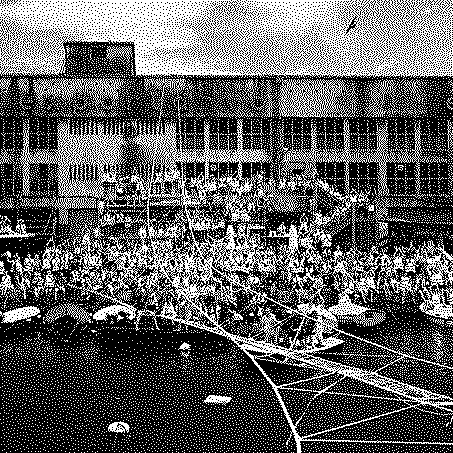
38th Edition of the European Architecture Students' Assembly
During the two weeks of the assembly over the summer of 2018, the 600 students of architecture and young professionals inhabited a brownfield in the hearth of the city of Rijeka, Croatia. Living in a self-arranged communal home, intensively working and participating in over 40 architectural workshops. Rethinking the construction of values. Challenging the discipline to embrace its social relevance. Catalysing cultural reawakening. Paving ways for new roles, goals and identities.
Sharing ideas and theory between the European schools of architecture and design, furthering relationships between the academic institutions, whilst encouraging students’ self-directed education.
EASA (European Architecture Students’ Assembly) is a platform for cultural and educational exchange, connecting architecture students and professionals from all European countries, and in recent years from all over the world.
EASA accommodates a non-institutionalized form of teaching, learning and exchange. The assembly is organized by students for students and so provides a unique platform for education where the cultural experience is life-changing. EASA gives a chance to experience architecture in a way that universities are yet unable to provide. It promotes the discovery of territories and cultures by organising workshops in which the participant acquires new knowledge and skills through the practice of creative, intellectual and manual activities. Through the workshops the participants interact with the local context whilst tackling certain issues, broadly defined by a chosen theme acting as a guideline for each respective assembly. They are encouraged to raise architectural questions themselves and investigate them through the eyes of all European cultures simultaneously. Being their own educators, students then elaborate the answers and bring them to reality. Lectures, exhibitions, open discussions, intuitive one-day workshops and spontaneous performances further investigate the questions arising during the two weeks.
The assembly officially exists since 1981 and is contributing to the development of alternative and radical pedagogies ever since. Over the years it has grown into a network and a community, with the summer assembly being its core manifestation. Apart of the main assembly, EASA incorporates and triggers a pallet of local events.
Its loose structure enables the yearly assemblies to drastically vary. By proposing different takes and agendas for architecture and education over the years, they are serving as a testing ground for evolution of the discipline.
EASA aims to establish a dialog with academic institutions, organisations and individuals in the architectural field as well as to collaborate with various other organisations and communities. Its continuity depends on the ever-present urge to explore the means of architectural engagement, as well as on the need for a supplement to the conventional architectural education. It seeks to bridge the gap between formal and informal learning, education and practice.
Location: Faculty of Architecture, Aula